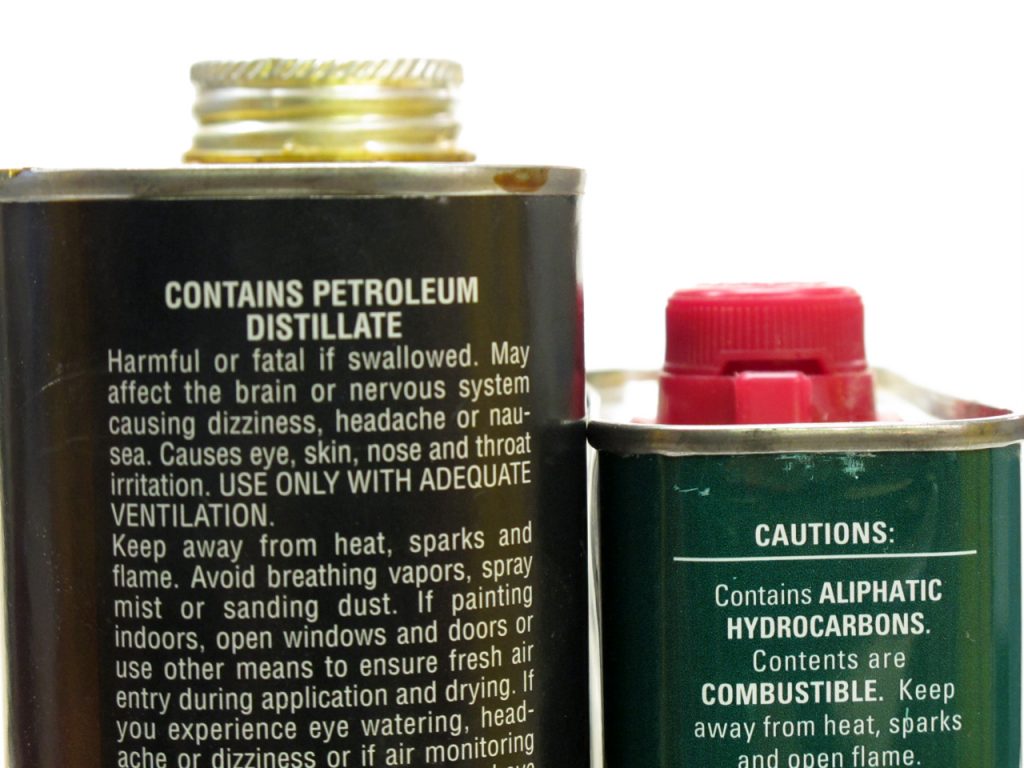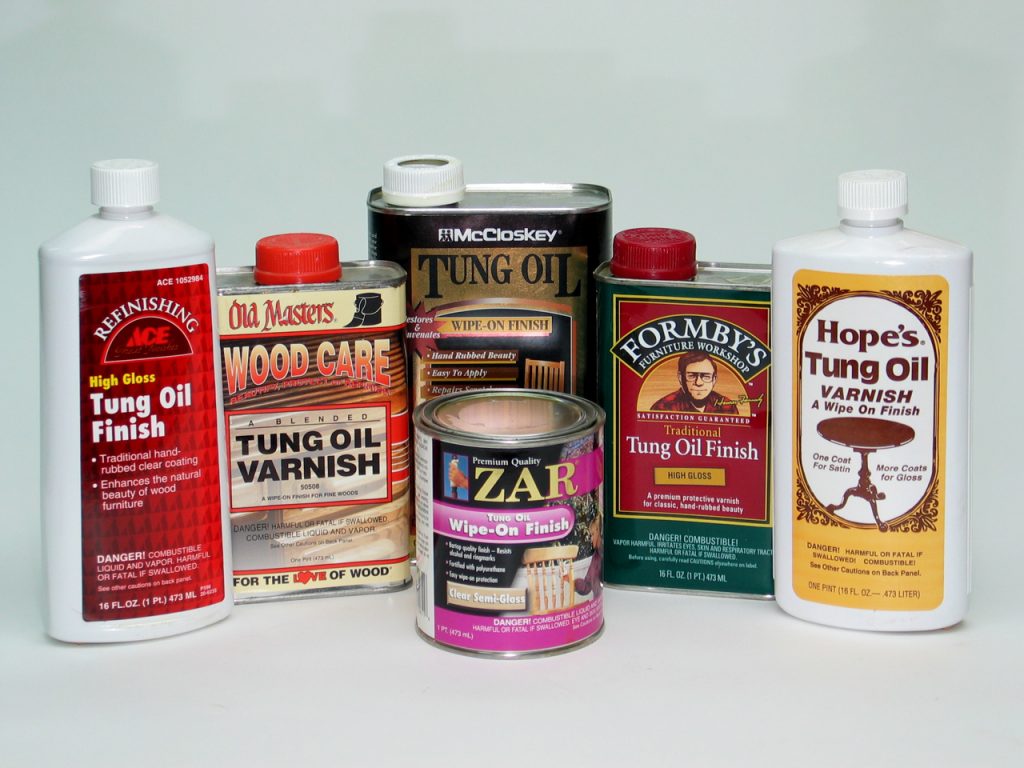We may receive a commission when you use our affiliate links. However, this does not impact our recommendations.
I’m bouncing off of Chris Schwarz’s August 25 blog post where he describes how myths can get started. I’ll leave you to read what he says, but basically Chris realized that a simple joke can lead to a myth that gets repeated everywhere and never dies.
Chris is talking about the woodworking world, which is physics, so you can see it. I’m working in the finishing world where the finishing products are chemistry. You can’t see what is going on at the molecular level. Myths in finishing are much more prevalent and are at least as long lasting. Furthermore, they are often started by the manufacturers themselves in their labeling. When’s the last time you saw a band saw sold as a table saw? It has a table, after all.
Twenty-five years ago I wrote an article in Woodwork magazine explaining the difference in products labeled tung oil that really were tung oil, and products labeled tung oil that were thinned varnish. At the time there was huge confusion in the woodworking world about these products because of the labeling.
Some people had used both types of “tung oil” and realized they were really different. Real tung oil dries very slowly, soft and wrinkled if you don’t remove all the excess. Thinned varnish dries much faster (like varnish) and just as hard as full-strength varnish, so it can be left wet on the surface and built up – just at a slower rate.
You can tell whether a “tung oil” is really tung oil or wiping varnish by the way a puddle cures on a non-porous surface such as glass or the top of the can. Tung oil cures soft and wrinkled. Wiping varnish cures hard and smooth.
In the magazines and in woodworking classes people tried all sorts of explanations to account for the differences. The most common was to say that some tung oils were “resin fortified.” But of course they can’t this because the two types were actually two entirely different finishes.
The fault for this myth, if you want to call it that, lies squarely with manufacturers. And from many conversations I’ve had with them over the years, I really doubt most had any idea what was going on.

McCloskey Tung Oil on left. Formby’s Tung Oil on right. A fast way to tell if the tung oil is actually thinned varnish is if it contains a thinner. Real tung oil doesn’t contain a thinner. Aliphatic hydrocarbons is just a more technical name for petroleum distillate, probably to make you think you’re getting something special.
So I noticed that in the last couple of months two articles have appeared online calling thinned varnish tung oil. The authors said they were using tung oil, but there were clues in the articles that they weren’t. They were using thinned varnish.
In the first, the author was explaining how to avoid streaking when brushing satin tung oil and leaving it to dry. His solution was to spray the tung oil. In the second, the author said that tung oil dries very fast, so you needed to work on small areas at a time or the tung oil would become sticky.
Did I say that I wrote my first article explaining the difference and how to tell which “tung oil” you are using 25 years ago? And that I’ve come back to this topic countless times in my three books and in 20 or more articles, including several in Popular Woodworking?
How do you stop a myth when it’s the manufacturers who are responsible for it, and they don’t correct it by relabeling their products?
Welcome to my world, Chris, though I know you are familiar with my problems.
— Bob Flexner
Here are some supplies and tools we find essential in our everyday work around the shop. We may receive a commission from sales referred by our links; however, we have carefully selected these products for their usefulness and quality.











I suspect that anyone buying a product labeled TUNG OIL FINISH or TUNG OIL VARNISH and thinking that they are getting pure tung oil are just as likely to buy “Orange Juice Drink” in the belief that it’s pure orange juice. I’ll admit though that the “McCloskey TUNG OIL (wipe on finish)” label is really deceptive.